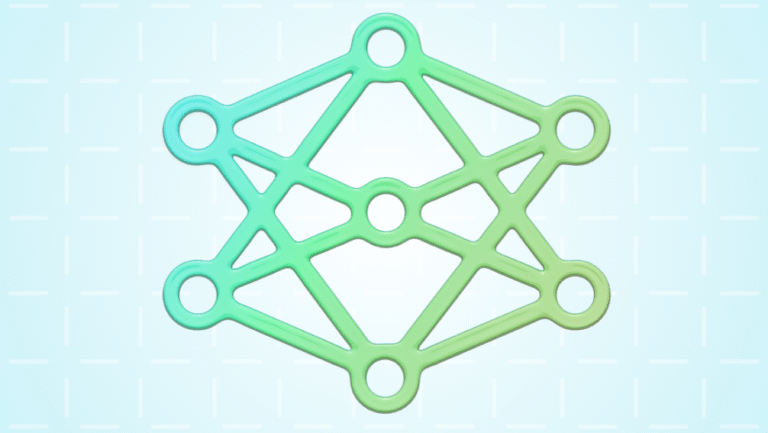
Well, that’s quite a title coming from a diehard advocate of the exceptional power great storytelling has for the success of your product. And now… there are… risks?
I won’t bury the lead here… the risk is this: When your product story becomes so good, and so pervasive, that people start to almost tune out improvements you make to your product all-together. There is no better example of this phenomenon than Apple. Apple is by all measures one of the best product (and storytelling) companies ever to exist. One of the things that makes that true is their relentless corporate theatre pioneered by Steve Jobs. Everything they do, comes back to the story and ultimately the way their products make you feel.
However, the problem I’m referring to here was on perfect display at the company’s recent iPad announcement event last month. Generally speaking, the event got underwhelming press and much disappointment from Apple fanatics. And yet…. The product updates that Apple announced for their iPad lineup were truly marvels of engineering. They were, as Tim Cook says, “The best iPads we’ve ever made!” Of course they are! What apple was able to achieve from a form-factor and raw computing power is truly impressive. But the problem is that those kind of advancements can go completely underappreciated in the backdrop of an epic story that has been told over again to the point that it’s become even synonymous with the entire product category. Pay attention to how many times you overhear people referring to any touchscreen they see as an “iPad.”
The products are brilliant, and the story is epic…. But unless there is a real plot twist, people end up tuning it out. Apple has never been big on talking about “spec” but moreso how their products will create an impact in your life and your work. Apple has the added challenge of competing with “fan fiction” stories that other news and fandom outlets create as “rumors” or “leaks.” People spend months ahead of these events putting out previews and trailers for a story that might be, but often may never be.
This is the challenge of great products that have reached a maturity point. Apple has several of these in their portfolio. But, they aren’t just sitting back and letting these become cash cows that age out in the field. They continue to make major R&D investments to re-engineer and re-invent every aspect of their computers, silicon, phones, cameras, and tablets. But people have heard the story before… fastest, lightest, easiest, most transformative way to do what you need to do… on your couch, on a plane, on a train, in a box, etc. And retelling stories like “faster” or “lighter” don’t really make big waves of excitement when the last one wasn’t… slow… or heavy.
The unfortunate thing for a very successful product company, such as Apple is that this cadence creates pent up market and shareholder demand and frustration for the next ‘big thing.’ People want the next pivotal chapter in the story! So there is enormous pressure to innovate and create something that will change people’s lives in a way they have never seen before. But those kind of innovations may only come once in a decade or two if we are lucky.
So, what is a mature story-driven product company to do? There is no “silver bullet” here, but let’s break down three things to focus on:
- Focus on the Feelings. People will forget what is said, but they will long remember how they felt about it. Bring the focus back to what made people love your product story in the first place and double down on it. Take the opportunity to remind people what you are selling. Don’t talk about the shovel. Don’t even talk about the hole. Talk about the feeling of having the hole in the ground that you needed.
- Re-affirm your commitment to the advancement of your product. This one may feel obvious… but your customers need to hear you say it and see you do it. When they understand that you are always finding ways to tighten the screws and smooth the edges even more, it bolsters confidence that a ‘mature’ product is not a ‘legacy’ one.
- Demonstrate you are listening! Find ways to link product enhancements back to customer-driven problems. Even if it doesn’t radically change the pillars of your product story, it does further emphasize it is a growing, dynamic, and responsive product that isn’t going to be left behind by its users.
We should all hope to have a product so successful that we run into this problem! Your product story will connect you to your users and make them loyal fans. Your relentless pursuit of making the best product you can for your customers’ needs today and tomorrow is what locks in long-term product-led growth!



